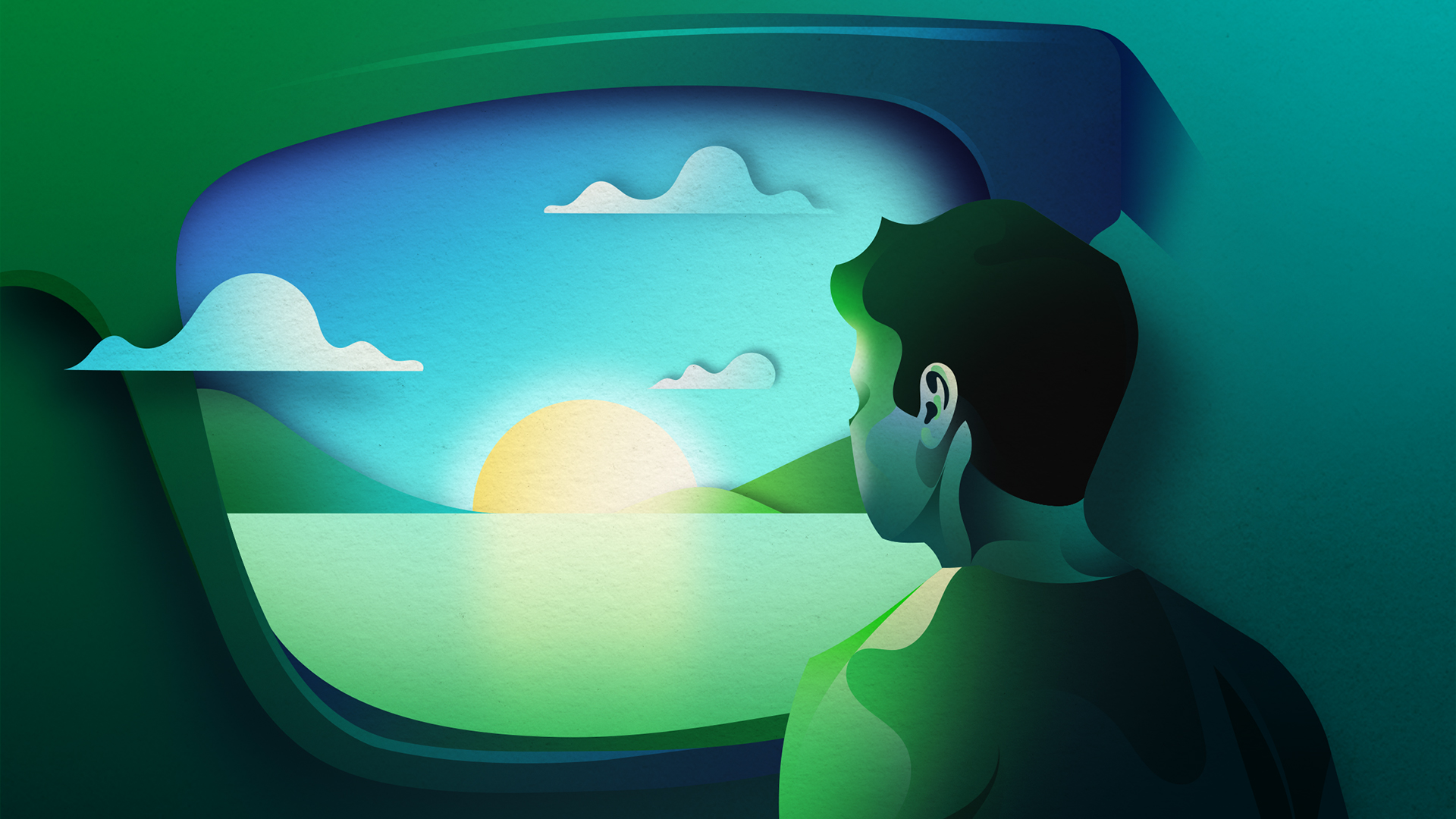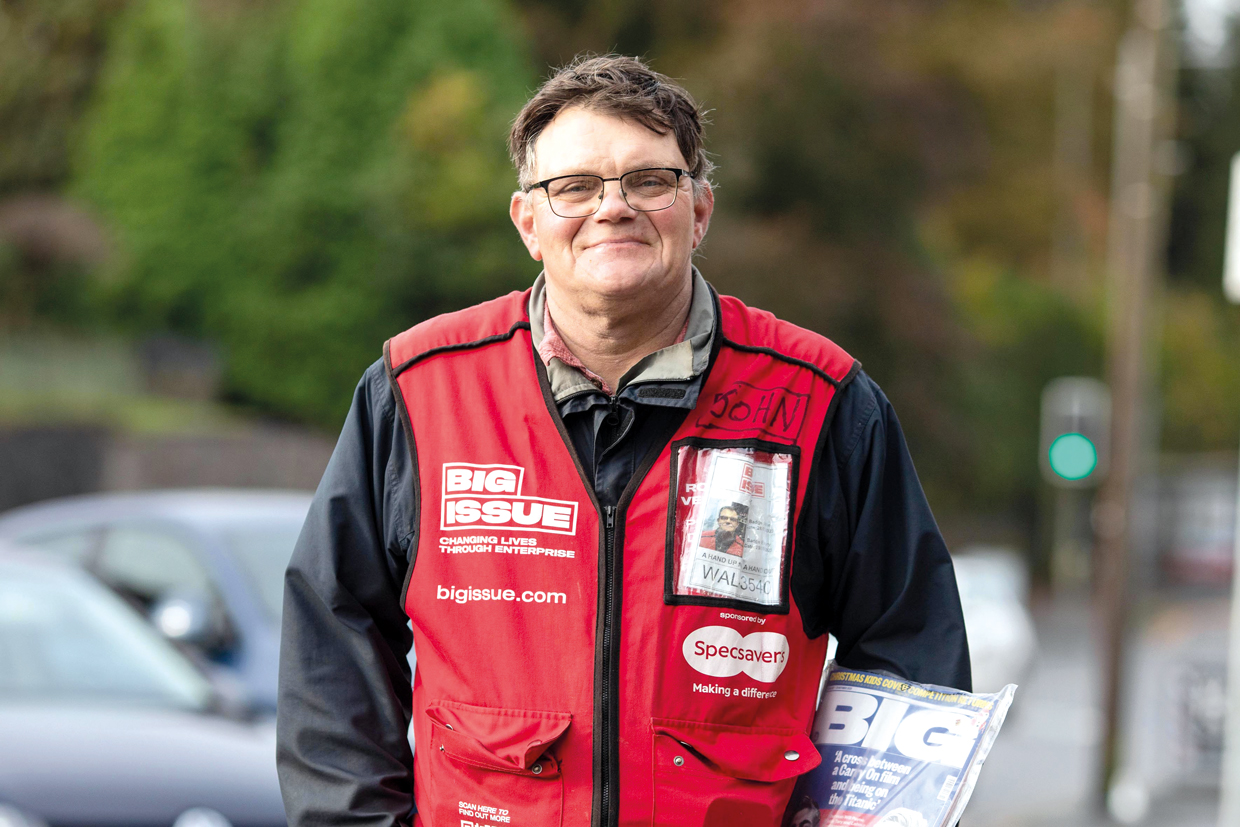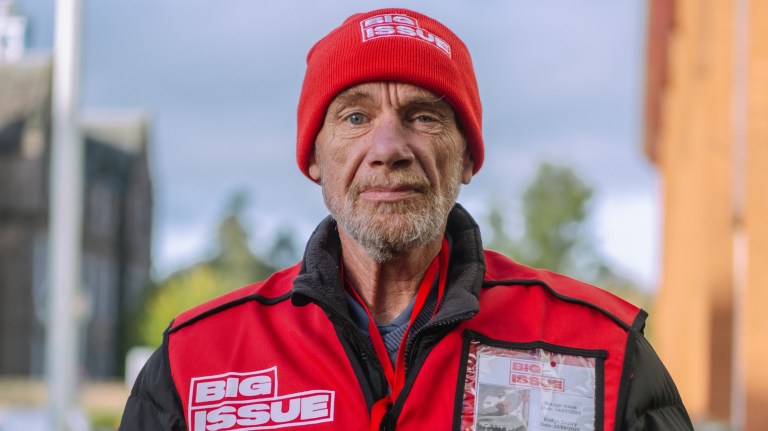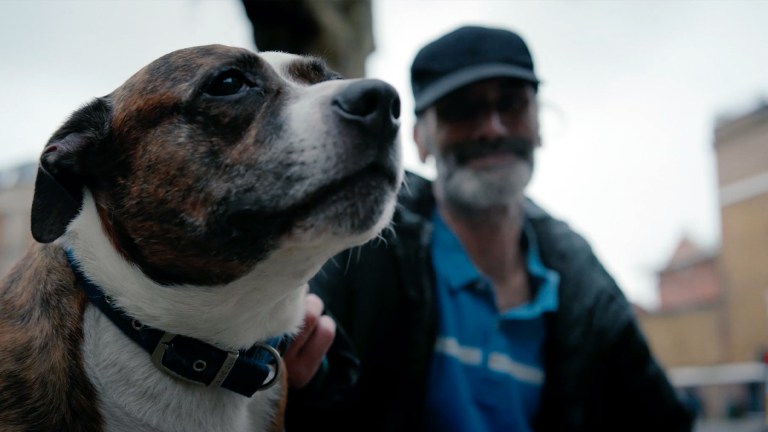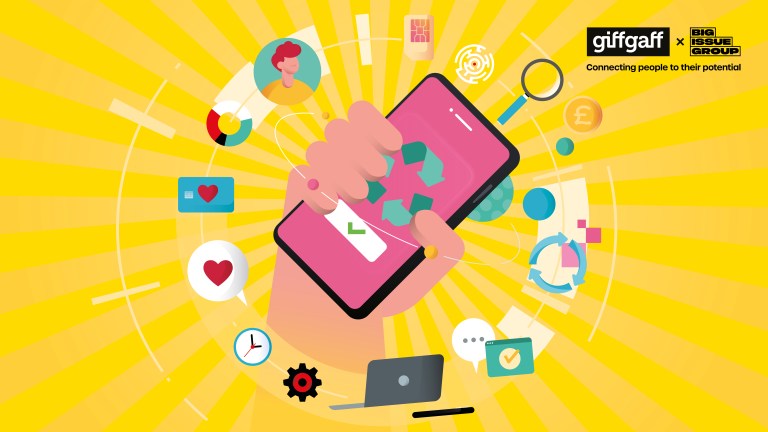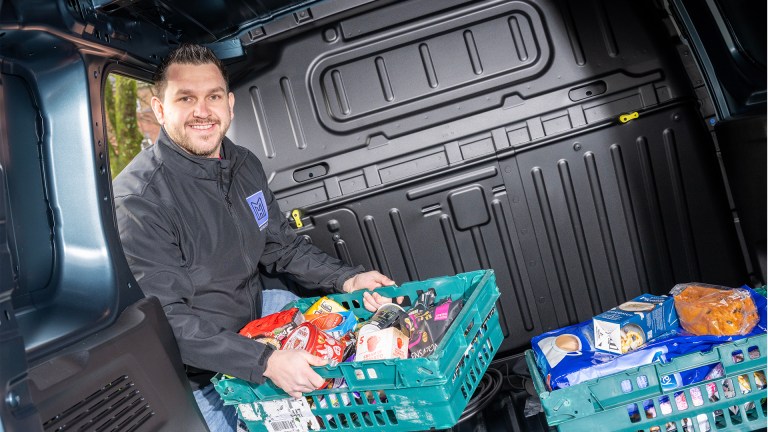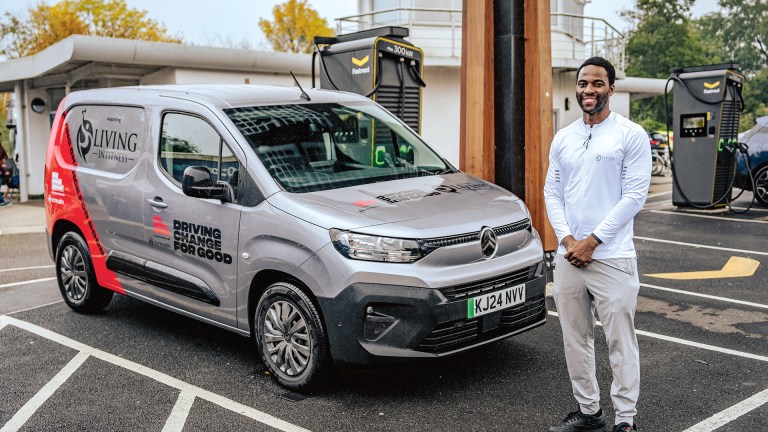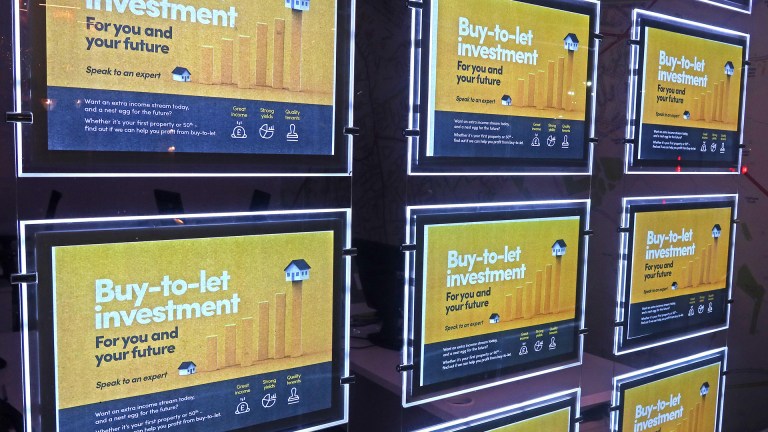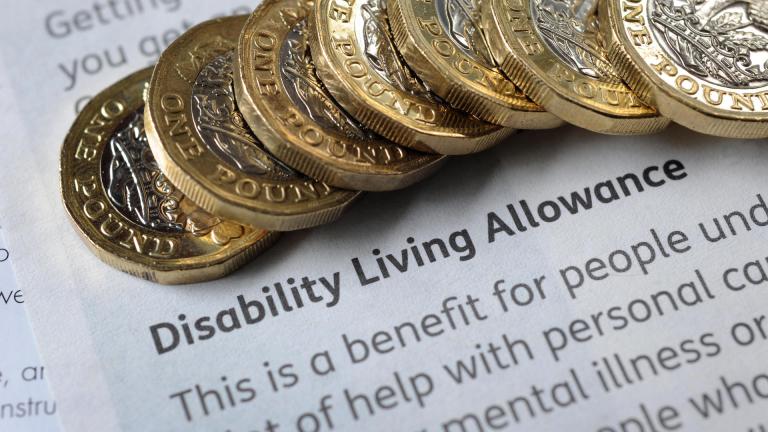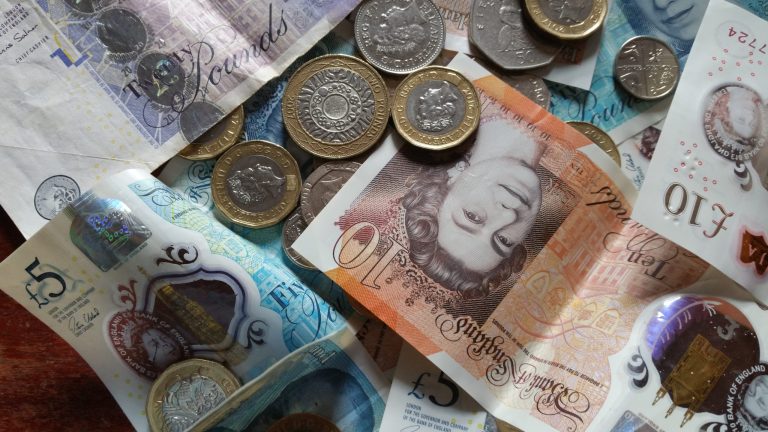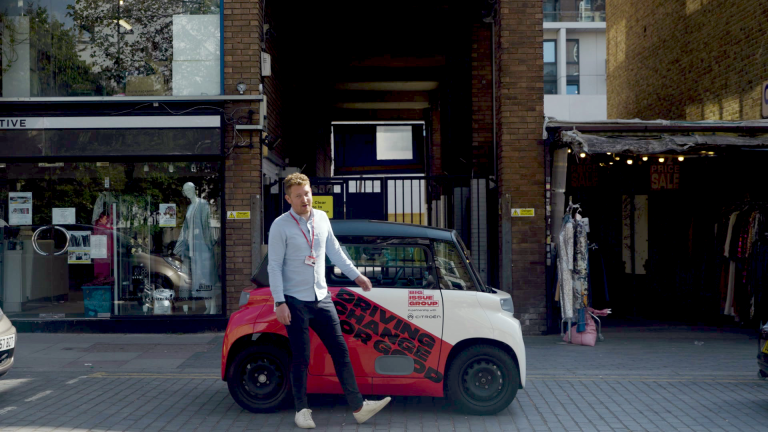John Williams has been selling Big Issue on and off for more than a decade. These days you’ll find him in Swansea city centre, where he’s been working his pitch for the last two years. His work depends on something most people barely think about: a pair of glasses.
“Without them I’d get really bad headaches, near enough migraines,” John says. “I wouldn’t be able to read properly, work out the money, see the card reader, or use my phone. It would make things very hard.”
When his benefits stopped, John discovered how difficult it could be to get even basic eye care. “Sometimes I could get glasses free on benefits, but when that ended it became difficult. I needed new glasses and didn’t know how I was going to afford them,” he explains. “At that time I’d just come out of homelessness, everything was up in the air with my address, and it was difficult to organise anything.”
This is what hidden homelessness looks like. John wasn’t sleeping on the streets, but without a fixed address he found himself shut out of vital services. Like many people sofa surfing or in temporary accommodation, he didn’t always see himself as homeless — but instability made basic healthcare feel out of reach.
A Crisis study found that 95% of people experiencing homelessness are ‘hidden’; only 5% are rough-sleeping. Limited access to basic health care, like sight and hearing checks, are an element of homelessness that’s often overlooked. That loss is felt most sharply on the margins, where even small barriers make work impossible. Vision Care reports that one in three people experiencing homelessness needs glasses, yet nearly 65% say they would put off visiting an optician. Not because they don’t want to see clearly, but because the system makes it almost impossible.
John points out, “If you’re moving around, trying to get letters or register anywhere it’s very hard.” His experience mirrors that of thousands whose health needs go unmet because their homelessness is hidden.
